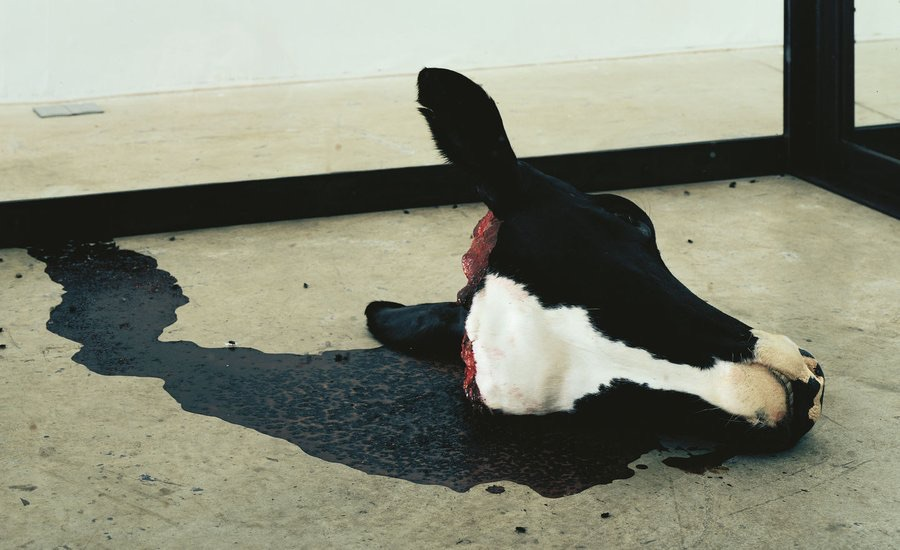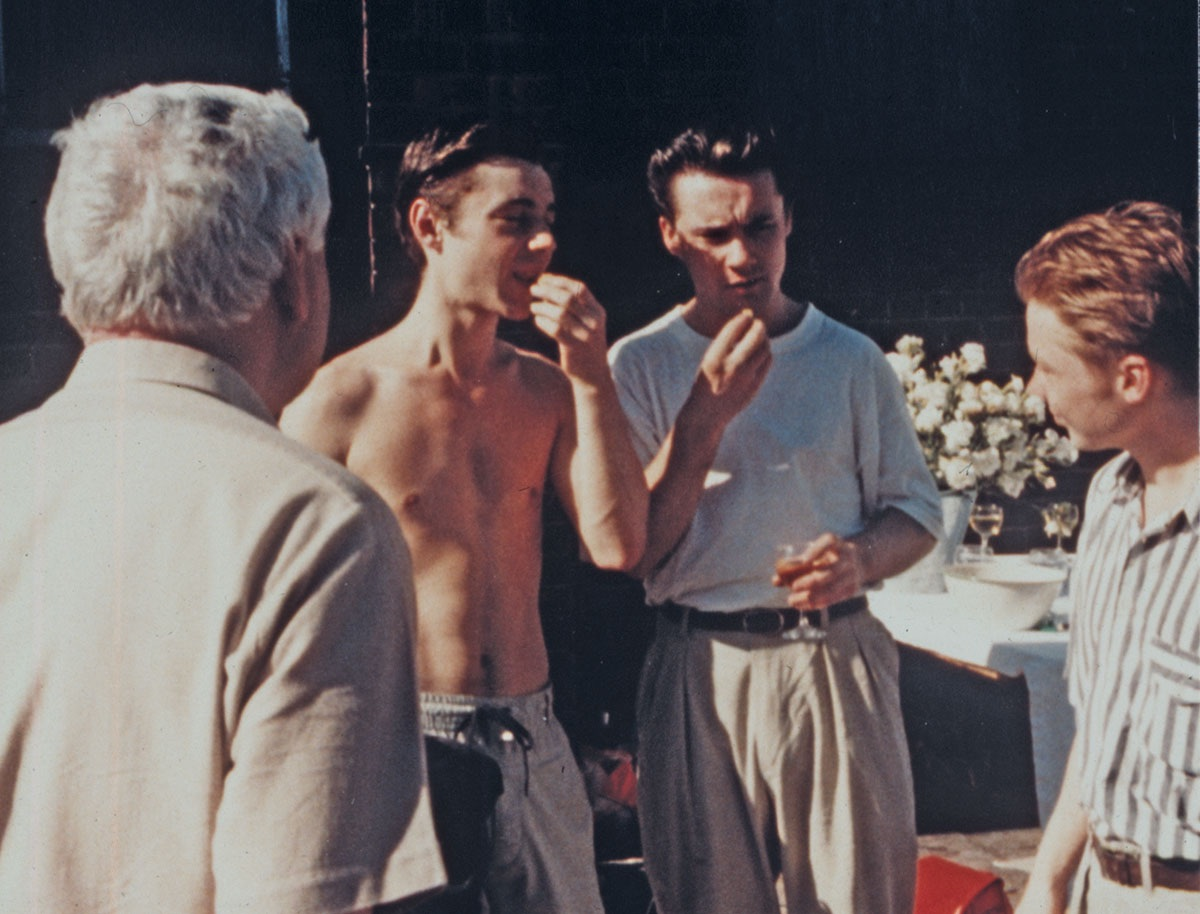In the summer of 1988, a second-year art student at Goldsmiths College named Damien Hirst took control of his artistic destiny in a way that would forever change the contemporary art world. Securing an empty Port Authority building in London's Docklands, Hirst curated "Freeze," an exhibition featuring the work of himself and 15 fellow students including Sarah Lucas, Gary Hume, Mat Collishaw, and Fiona Rae. This bold act of self-determination would launch what became known as the Young British Artists (YBAs) and establish a template for artist-led initiatives that continues to evolve more than three decades later.
What made "Freeze" revolutionary wasn't merely the art on display but Hirst's entrepreneurial approach to exhibition-making itself. He secured sponsorship from the London Docklands Development Corporation and Olympia and York, transforming a derelict building into a polished exhibition space. His guerrilla marketing included personally ferrying influential figures like Nicholas Serota (who became Tate director during the show) and collector Charles Saatchi to the exhibition - bringing the art establishment to his doorstep rather than waiting for institutional recognition.

The exhibition's success catalysed a series of equally ambitious warehouse shows in 1990, including "Modern Medicine" and "Gambler," organised again by Hirst along with Carl Freedman and Billee Sellman in a former biscuit factory in Bermondsey. At "Gambler," Saatchi purchased Hirst's installation of a rotting cow head and electrified flies, foreshadowing the provocative work that would later make Hirst the world's richest living artist.
What Hirst and his contemporaries understood was that controlling the context and narrative around their art was as important as creation itself. By bypassing traditional galleries and creating direct connections with collectors and curators, they redefined the artist's role in presenting and marketing work. This philosophy laid the groundwork for generations of artists to take exhibition-making into their own hands.

The DIY ethos of "Freeze" revealed a crucial insight that resonates throughout art history: artists often need to create their own platforms rather than waiting for institutional validation. This revelation emerged from necessity - limited gallery opportunities for emerging artists and prohibitive costs of entry into established spaces - but it sparked a movement that would grow beyond its pragmatic origins.
In today's digital landscape, we see the same impulse that drove Hirst now manifesting in online spaces. Just as Hirst recognised the need for artists to control their physical exhibition context, modern creators understand the importance of controlling their digital presence. This growing awareness has highlighted the need for specialised tools designed specifically for visual artists and independent galleries.
Enter LettsArt, born from the same recognition that artists need tailored solutions for self-representation. While Hirst had to secure physical warehouses and funding for his vision, today's artists face the challenge of establishing professional online presences without technical expertise or excessive costs. LettsArt emerged as a response to this need - a no-code AI-enabled online gallery builder specifically designed for artists and independent galleries who want to present their work with the same professionalism Hirst brought to "Freeze."
The parallels are striking: Hirst's warehouse exhibitions provided artists control over physical presentation without gallery commissions or curatorial constraints; LettsArt offers control over digital presentation without the commission structures of online marketplaces or the limitations of social media. Both represent moments where technology and vision converged to empower artists to represent themselves on their own terms.
In Part 2 of this series, we'll explore how artist-run spaces evolved globally after the YBA movement, creating diverse models for independence that would further highlight the need for solutions like LettsArt in our increasingly digital art world.
Artists and independent gallerists can sign up to LettsArt today for FREE - go to LettsArt.com.